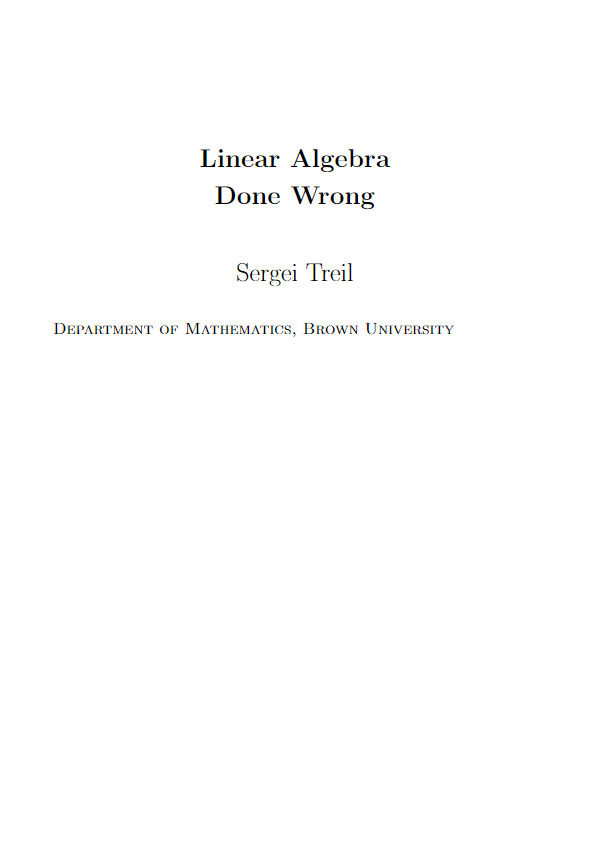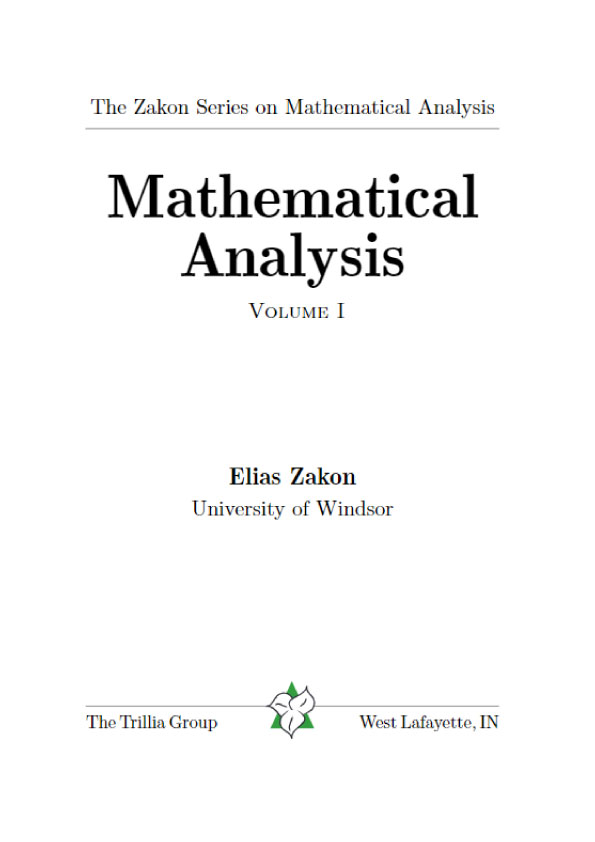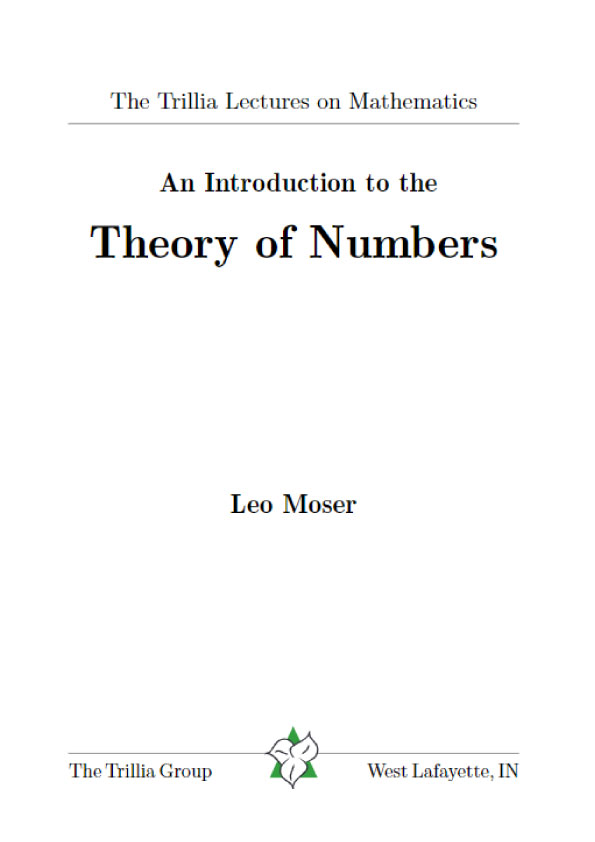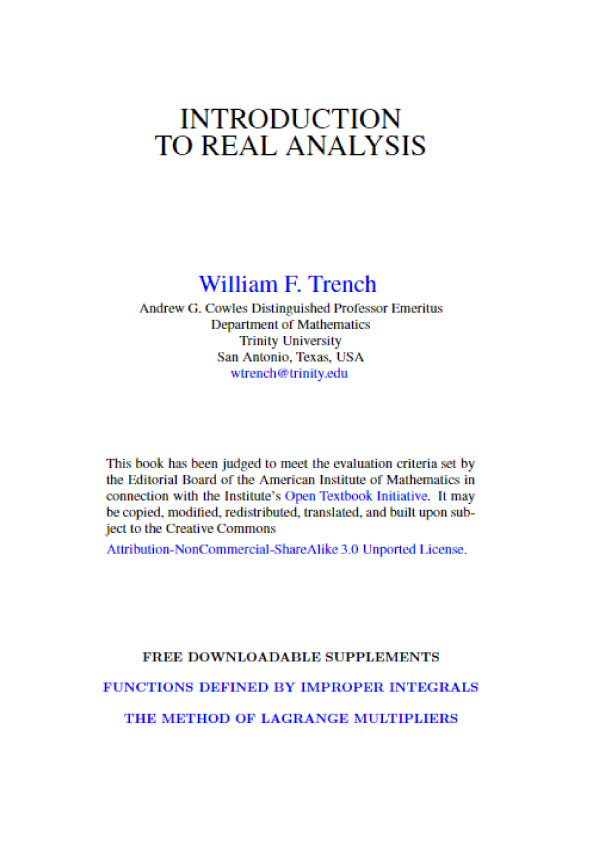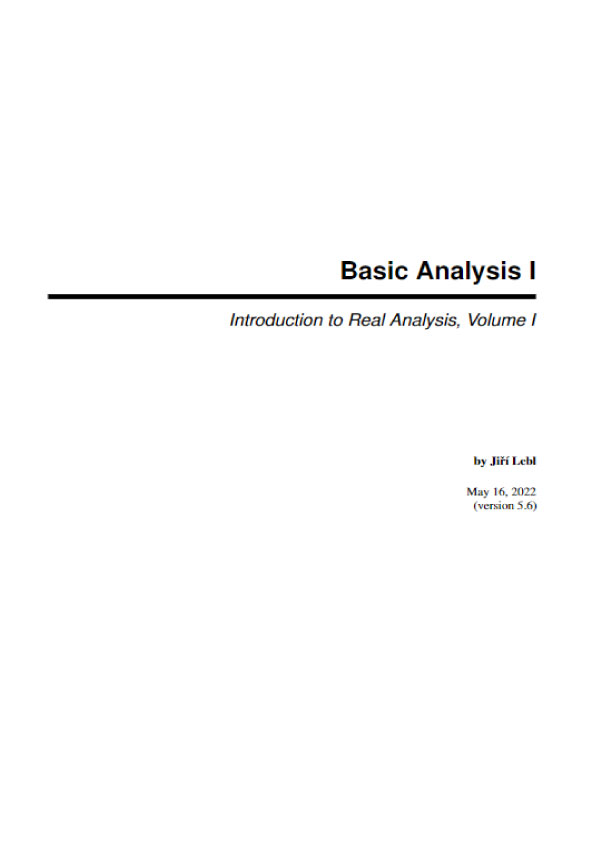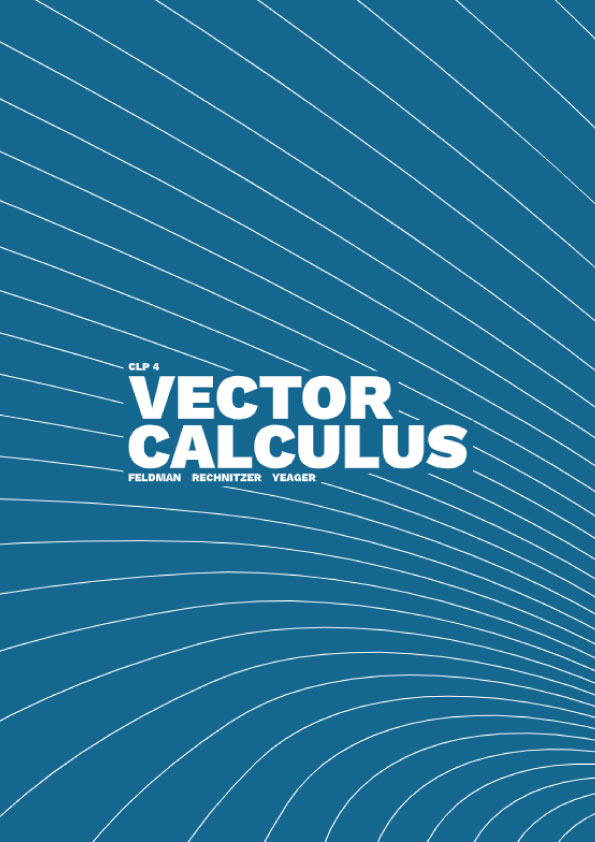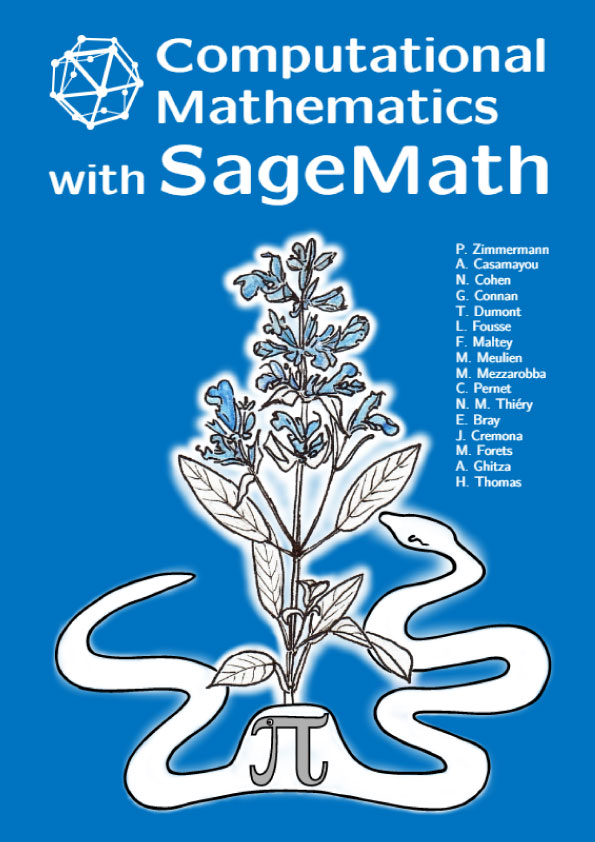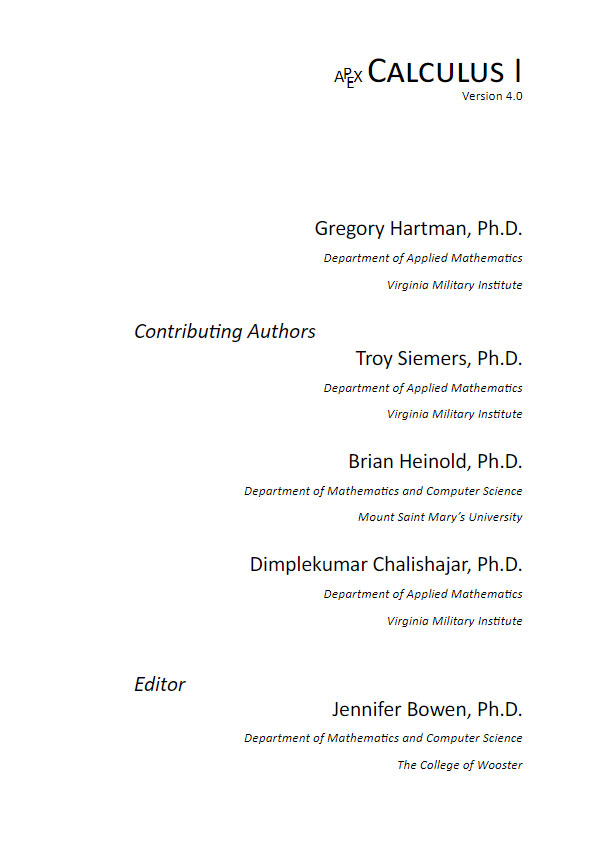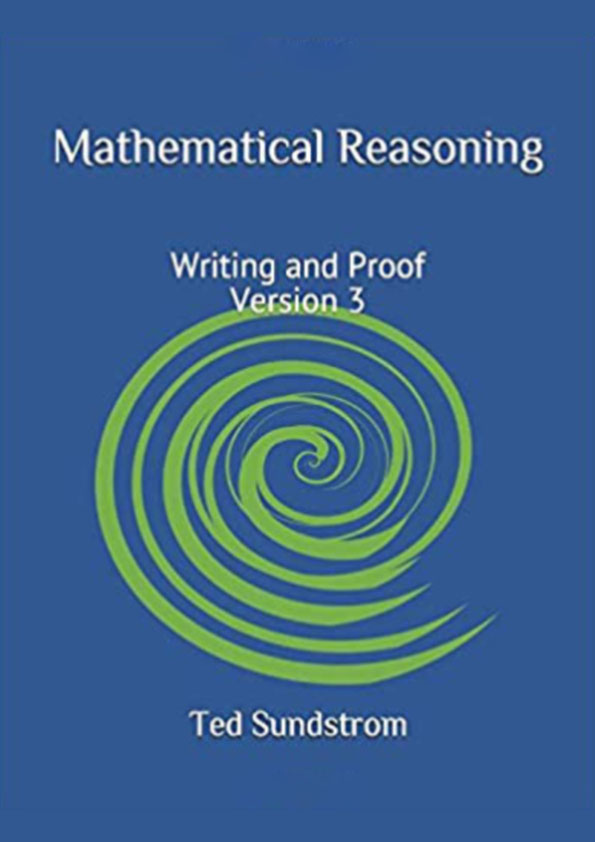Basic Notions
1. Vector spaces
A vector space V is a collection of objects, called vectors (denoted in this book by lowercase bold letters, like v), along with two operations, addition of vectors and multiplication by a number (scalar) 1 , such that the following 8 properties (the so-called axioms of a vector space) hold:
The first 4 properties deal with the addition:
- Commutativity: v + w = w + v for all v,w ∈ V ; A question arises, “How one can memorize the above properties?” And the answer is that one does not need to, see be- low!
- Associativity: (u + v) + w = u + (v + w) for all u,v,w ∈ V ;
- Zero vector: there exists a special vector, denoted by 0 such that v + 0 = v for all v ∈ V ;
- Additive inverse: For every vector v ∈ V there exists a vector w ∈ V such that v + w = 0. Such additive inverse is usually denoted as −v;
The next two properties concern multiplication: - Multiplicative identity: 1v = v for all v ∈ V ;
- Multiplicative associativity: (αβ)v = α(βv) for all v ∈ V and all scalars α, β;
And finally, two distributive properties, which connect multiplication and addition: - α(u + v) = αu + αv for all u,v ∈ V and all scalars α;
- (α+ β)v = αv + βv for all v ∈ V and all scalars α, β.
Remark. The above properties seem hard to memorize, but it is not necessary. They are simply the familiar rules of algebraic manipulations with numbers, that you know from high school. The only new twist here is that you have to understand what operations you can apply to what objects. You can add vectors, and you can multiply a vector by a number (scalar). Of course, you can do with number all possible manipulations that you have learned before. But, you cannot multiply two vectors, or add a number to a vector.
Remark. It is easy to prove that zero vector 0 is unique, and that given v ∈ V its additive inverse −v is also unique.
It is also not hard to show using properties 5, 6 and 8 that 0 = 0v for any v ∈ V , and that −v = (−1)v. Note, that to do this one still needs to use other properties of a vector space in the proofs, in particular properties 3 and 4.
If the scalars are the usual real numbers, we call the space V a real vector space. If the scalars are the complex numbers, i.e. if we can multiply vectors by complex numbers, we call the space V a complex vector space.
Note, that any complex vector space is a real vector space as well (if we can multiply by complex numbers, we can multiply by real numbers), but not the other way around.
It is also possible to consider a situation when the scalars are elements of an arbitrary field F. In this case we say that V is a vector space over the field F. Although many of the constructions in the book (in particular, everything in Chapters 1–3) work for general fields, in this text we are considering only real and complex vector spaces.
If we do not specify the set of scalars, or use a letter F for it, then the results are true for both real and complex spaces. If we need to distinguish real and complex cases, we will explicitly say which case we are considering.
Note, that in the definition of a vector space over an arbitrary field, we require the set of scalars to be a field, so we can always divide (without a remainder) by a non-zero scalar. Thus, it is possible to consider vector space over rationals, but not over the integers.
